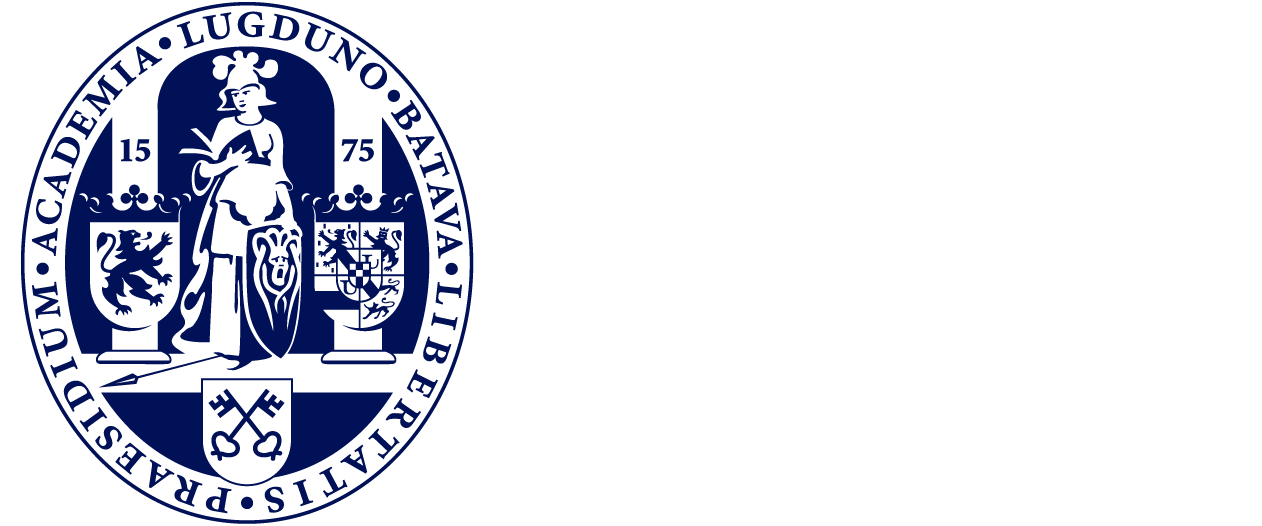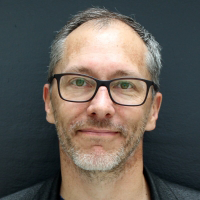Webinar on November 1, 2023, 3:00 pm UTC+1
Using Temperature to Shape Wavefronts, Imaging Wavefronts to Study Temperature
The temperature dependence of the refractive index of most materials implies that the phase of light passing through a transparent medium is affected by the local temperature landscape. Engineering the temperature in a thermo-optical material therefore provides a way to generate optical elements. I will show that this can be achieved by shaping the spatial distribution of a heating optical beam (Liu et al., ACS Photonics, 2019), but also, through a recent collaboration, electrically (Berto et al., Nature Photonics, 2019). Indeed, engineering the shape of microresistors offers a versatile solution to generate free-form planar optics like lenses or aberration correctors. For imaging applications, arrays of such electrically-driven lenses can be used to form images of multiple focal planes within a single camera plane. I will show that these electro-thermo-optical lens arrays can be used in microscopy to monitor in 3D the calcium-activity of multiple neurons located in different planes within the volume of the brain of living zebrafish larvae. Conversely, the measurement of wavefront distorsions can also be used to study unknown temperature landscapes. I will discuss holography-based methods, as well as a recently proposed random diffuser-based alternative to existing wavefront imaging methods (based on, e.g., Shack–Hartmann or Modified Hartmann masks) which can allow the study of thermal phenomena.


